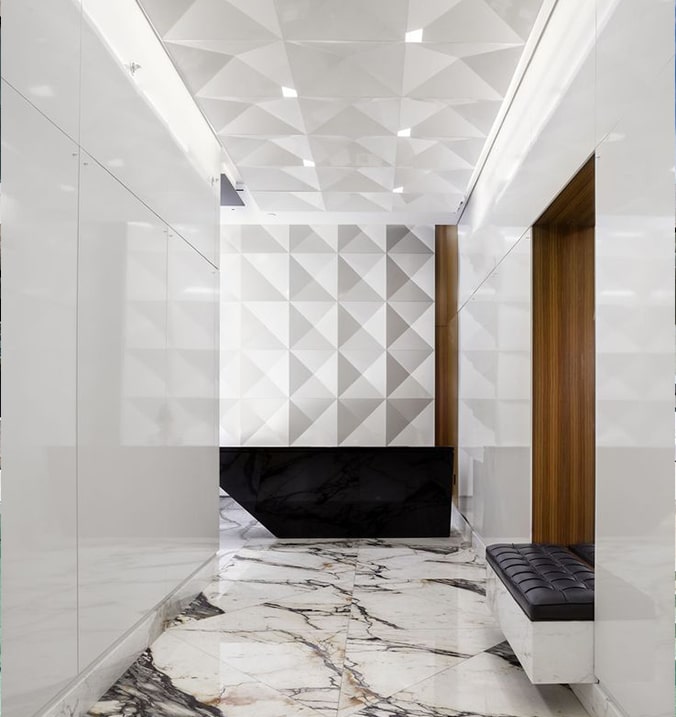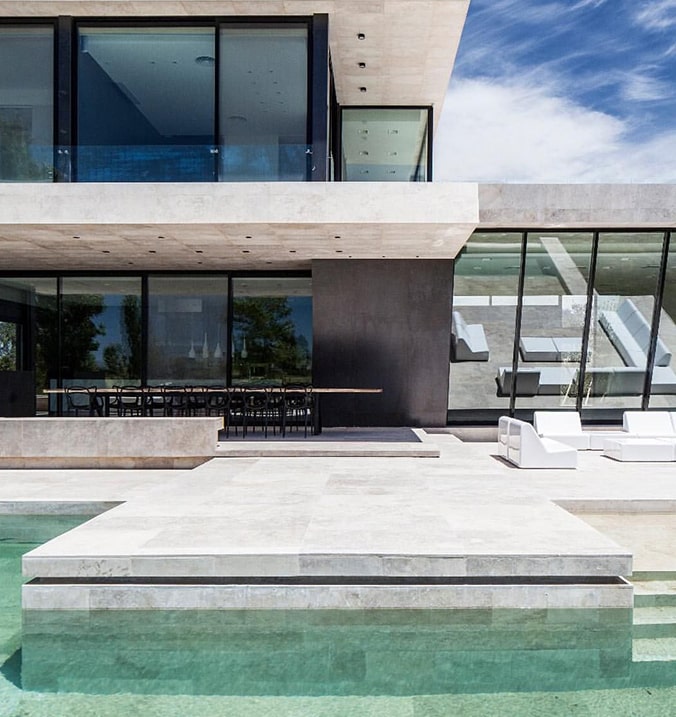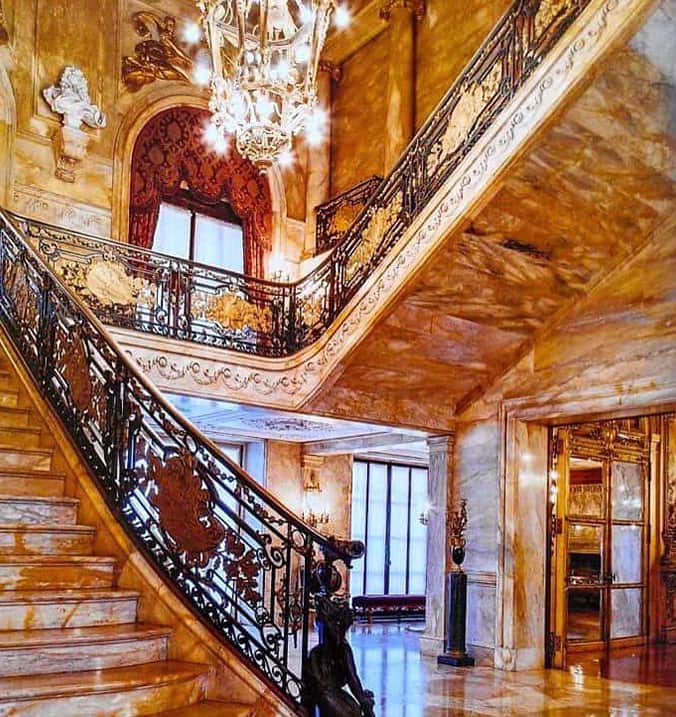Interior and exterior design with marble
Types of stones
Marble is classified as a metamorphic stone; In this way, over time and under pressure and heat, the texture and structure of limestone change, crystallize again and form a large, rough and streaked calcite.
Marble is a type of metamorphic rock based on calcium carbonate, which is composed of calcite, dolomite and crystals. This stone has waves with different designs and often in various and beautiful colors.
Slab rock is a relatively large stone whose size is usually larger than 120 cm on each side. To produce slab stone, large raw stones called cubes are used. The thickness of each slab leaf is about 2 cm. All stones including marble, marble, travertine and granite can be produced in the form of slabs..
The cost of processing slab stone production is relatively twice the cost of producing longitudinal (tile) stones. The presence of this factor along with the naturalness as well as the eye-catching and unique appearance of large slab stone makes it more expensive than tile..
Travertine has cavities that are filled with various methods such as resin, cement, mastic, putty and wax when processing its surface. The presence of these holes in travertine causes cement mortar to penetrate into these holes when installed and prevent it from falling. The presence of these holes in travertine causes cement mortar to penetrate into these holes when installed and prevent it from falling. Antique work and leathering are other processes that can be done on the surface of travertine. Travertine has an acceptable strength. Travertine can be used in interior and exterior facades as well as paving.





